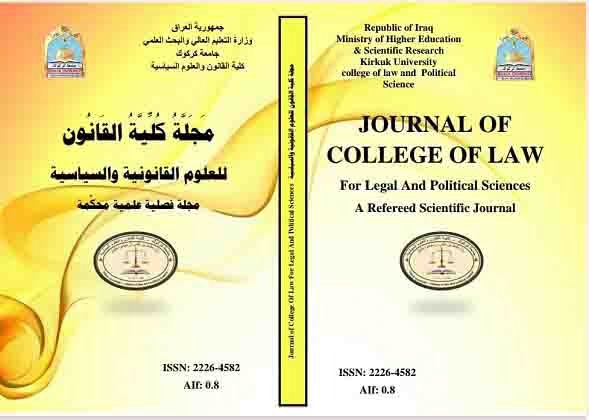Abstract
This study is based on the conceptual premise that prison, with its inmates, constitutes a closed micro-society with a distinct culture. This environment is governed by specific values, norms, traditions, symbols, systems, and survival skills developed and transmitted by the inmates themselves. It is a coerced social setting where individuals and groups—brought together under unchosen spatial, social, and cultural conditions—are forced to coexist. These imposed conditions often fail to satisfy the basic needs of inmates, giving rise to tensions and conflicts among them. Under such exceptional circumstances, individual drives and needs intersect and clash, making violence a perceived means of asserting power, fulfilling desires, or accessing limited resources. The prison environment, inherently housing individuals with varying degrees of criminal behavior and aggressive tendencies, becomes a fertile ground for conflict escalation. This violence often carries serious health risks, ranging from physical assault to severe injury and, in some cases, death. Many of these incidents, particularly physical assaults among inmates, go unreported due to the prevailing "code of silence." Criminologists and prison researchers identify multiple causes of prison violence, including racial tensions, tribal rivalries, gang conflicts, and the psychological effects of a highly controlled and monotonous environment. Inmates often experience mental and emotional voids, leading to frustration, boredom, and heightened stress levels. This situation fosters the spread of drug use, sexual misconduct, tattooing, and other deviant behaviors. While some inmates engage in these activities to cope with confinement, others are coerced into participation as a means of asserting dominance, obtaining financial gain, or satisfying internal compulsions.
Such dynamics obstruct the rehabilitative mission of correctional institutions, undermining the time and resources invested in the social reintegration of inmates. Consequently, the institutional function loses its rehabilitative orientation. This study aims to explore the underlying causes and motives of violence among inmates from their own perspectives—as bearers and agents of prison culture. It further seeks to identify the most frequent and significant drivers of violence based on inmates’ perceptions. The study is structured into three chapters: the first outlines the study's components and key concepts; the second presents the theoretical framework; and the third contains the field research, findings, and recommendations

